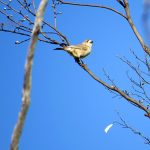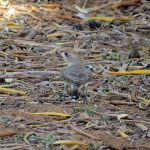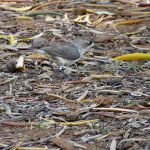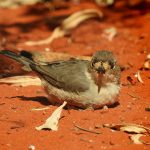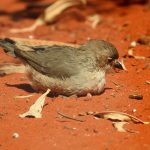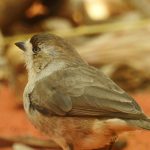SOUTHERN WHITEFACE
The Southern Whiteface, which includes many small, insectivorous birds.
The Southern Whiteface is a member of the family Acanthizidae, it is known for its striking and unique appearance. It has a white face and throat, which contrasts sharply with the rest of its plumage. The back, wings, and tail are mostly grey, while the underparts are pale with a tinge of pink on the breast.
This species is endemic to Australia and is found in arid and semi-arid regions in the southern and central parts of the country. It inhabits a range of environments, including mallee scrubland, heathland, and open woodland.
Southern Whitefaces are known to be social birds and are often seen in small groups or flocks, especially during the non-breeding season. These flocks may consist of family groups and help protect the birds from predators.
Southern Whitefaces have a range of vocalizations, including a melodious, high-pitched, tinkling call. These calls are used for communication within the flock and for defending their territory. Their vocalizations are often accompanied by vigorous tail-flicking displays.
These birds are primarily insectivorous, feeding on a variety of insects and their larvae. They forage in the foliage of shrubs and trees, often hanging upside down to reach their prey.
Southern Whitefaces build small, cup-shaped nests made of grass, twigs, and spider silk. The nests are typically placed in low shrubs. Breeding occurs during the spring and early summer. The female lays and incubates the eggs, while both parents feed the young.
These birds are well-adapted to arid environments and can survive in regions with limited water sources. They are known to drink from leaves that collect dew or rainwater.
Southern Whitefaces are listed as vulnerable due to habitat loss and changes in land management practices. They are more common in protected areas and reserves, where their habitats are preserved.
Southern Whitefaces can be somewhat nomadic, moving in search of food resources, especially after periods of rain when insect populations increase. This behavior allows them to thrive in unpredictable arid environments.

